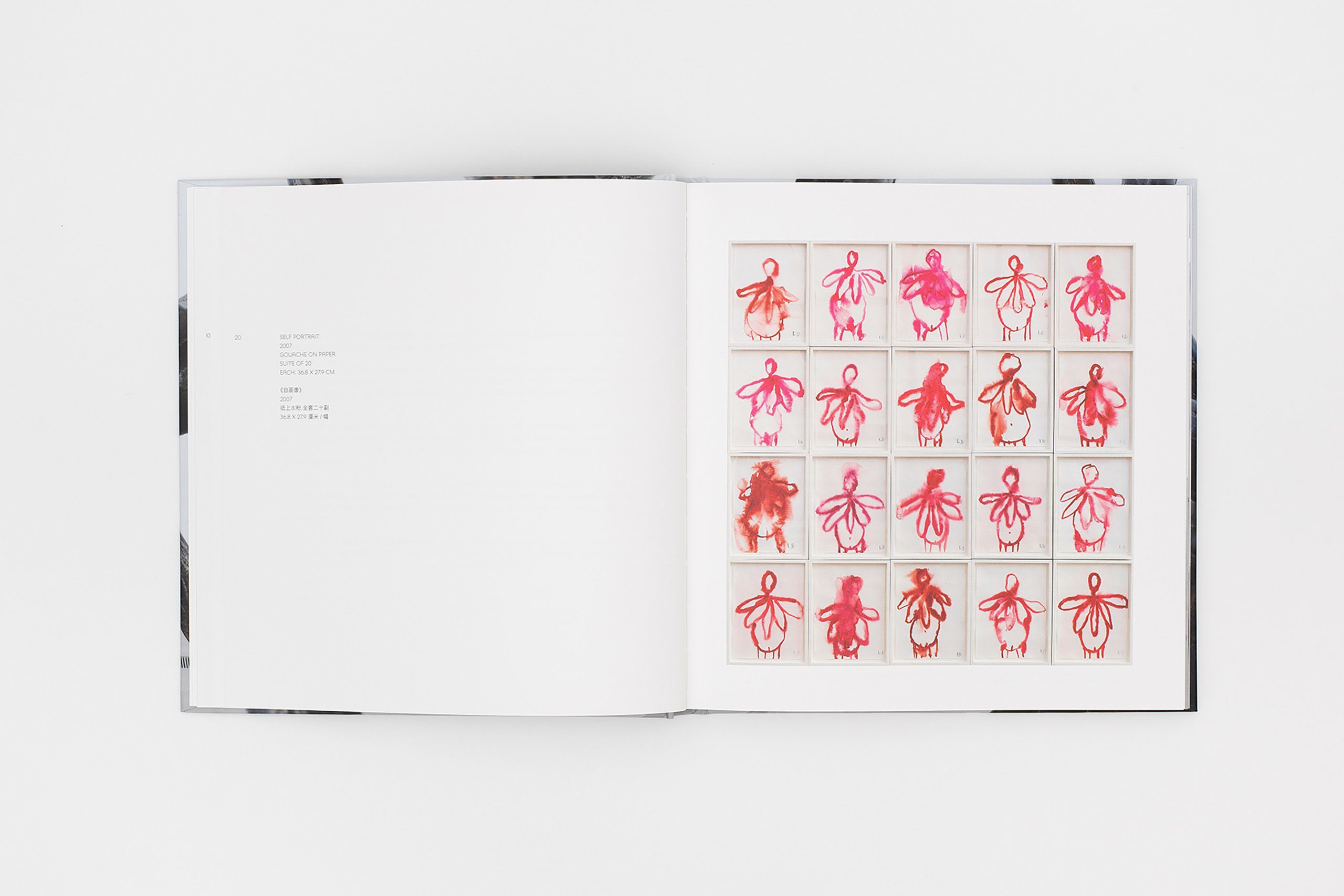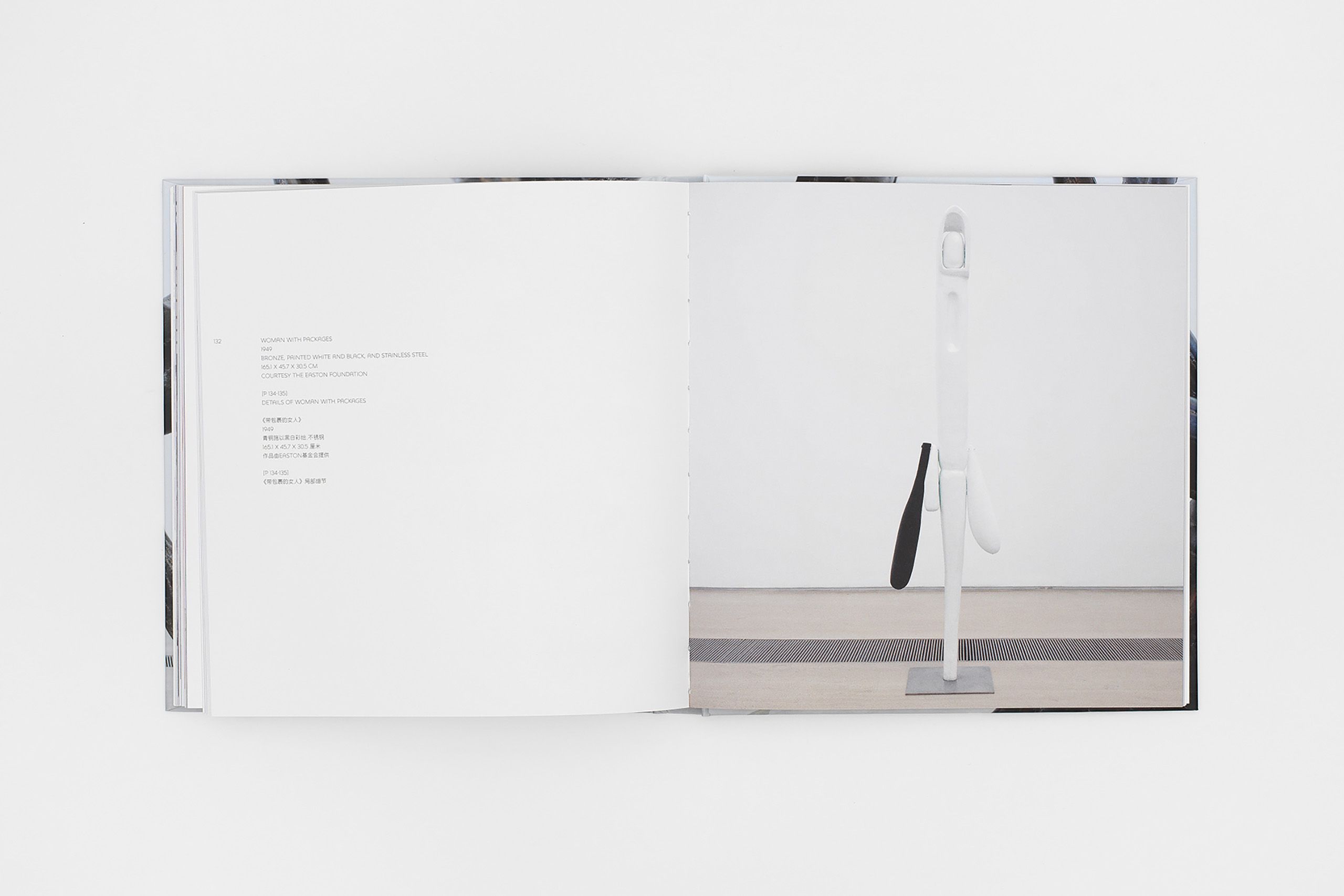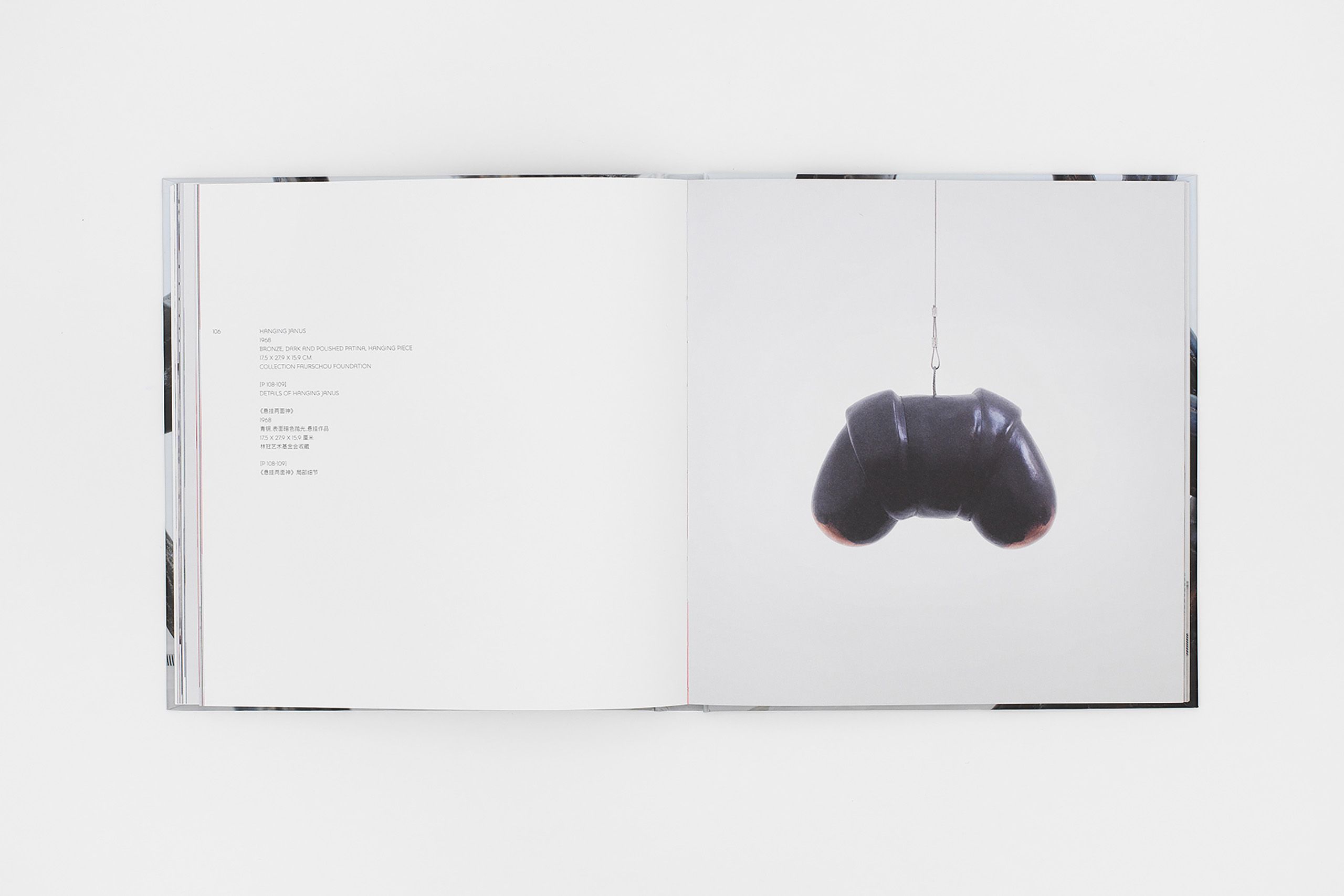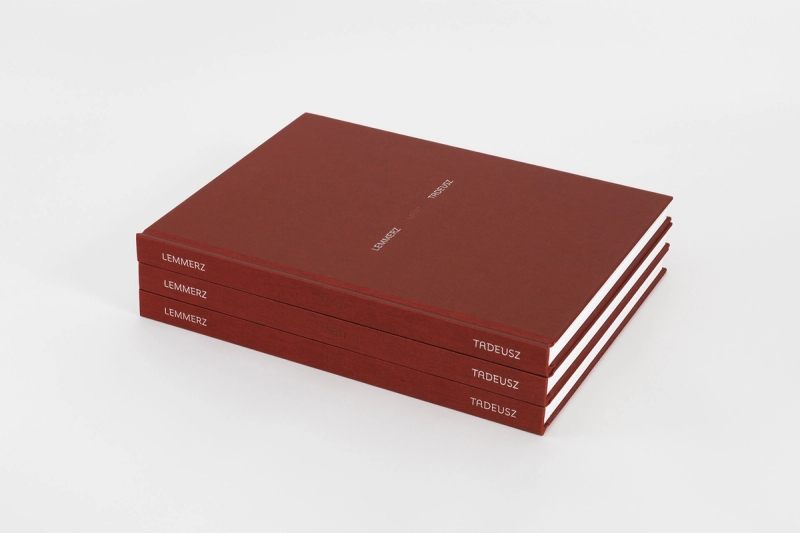
A fiercely intelligent, well-read artist, for whom the making of art was as much a means of “being in the world” as a vocation, Louise Bourgeois drew heavily on psychoanalytic thought. Performing uncanny exorcisms with her creations, she navigated the labyrinths of her past and her unconscious. Through the spinning of metonymical visual narratives, Bourgeois’ work forms a web of stories about her life. These are simultaneously stories about the paradoxes of the human condition and served as a crucible in which a Self – straining towards the nearly impossible yet existentially necessary act of connecting with Others – could be forged out of alienation and personal trauma.
Like so many of us, Bourgeois needed and sought a human intimacy that she feared and sometimes fled.
In her art, she evoked binaries and oppositional categories in a way that undermined them, dissolving their boundaries. Even as she feared instability and chaos, her work consistently challenged the order these binaries represented, rendering them ambivalent, and offering us new possibilities for seeing ourselves and our world in the process.
Perhaps we can imagine Bourgeois as one of her iconic spiders, clinging to the threads that crisscross and intersect to form the web of her works, spun out of past traumas and transformed into existential safety nets. Spinning visual narratives that gave form to her fears, and allowed her to exorcise her demons, making art gave Bourgeois a thread to navigate her way through the labyrinth of her unconscious, and her painful past. The shared pathos of this human predicament and the gloriously sui generis manner in which Bourgeois conducted her life and made her art resonate on a frequency across the webs that bind us all together in ways that ensure the enduring relevance and restorative power of her work.












